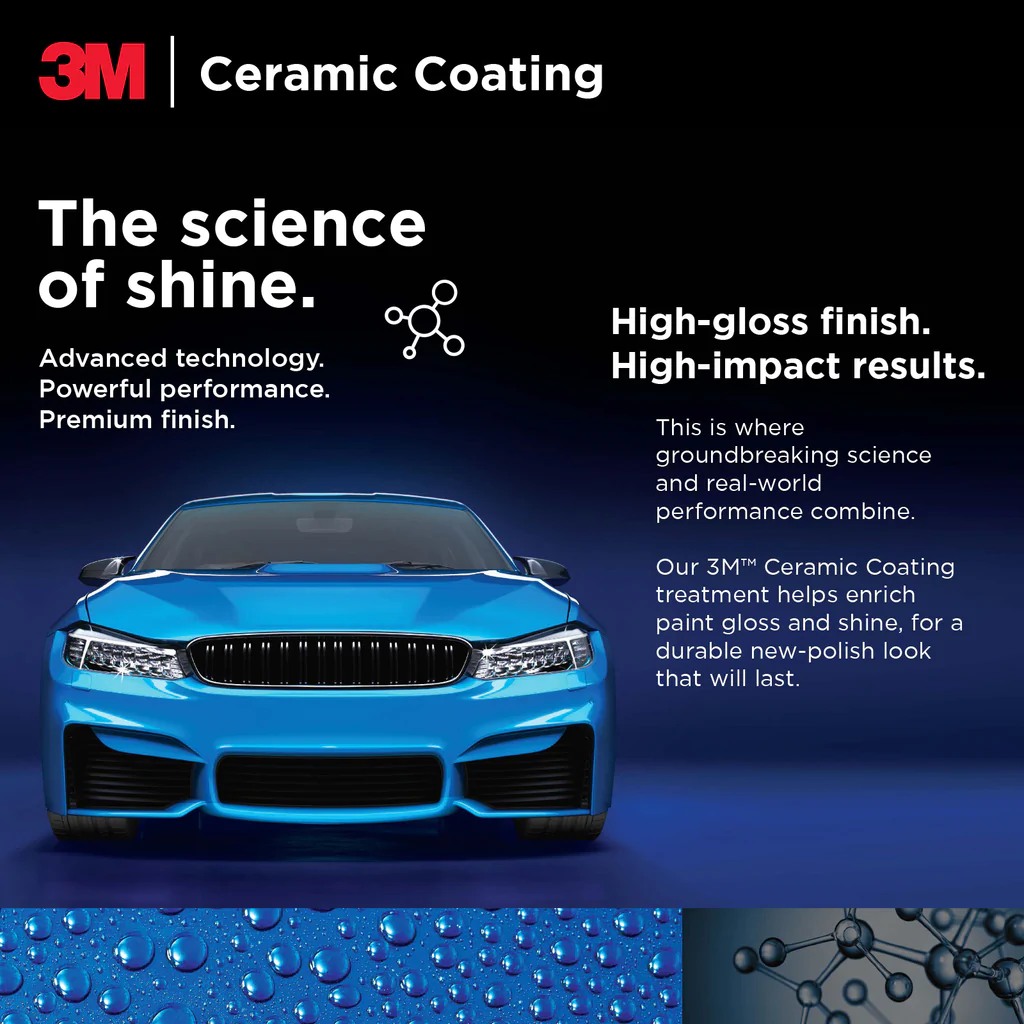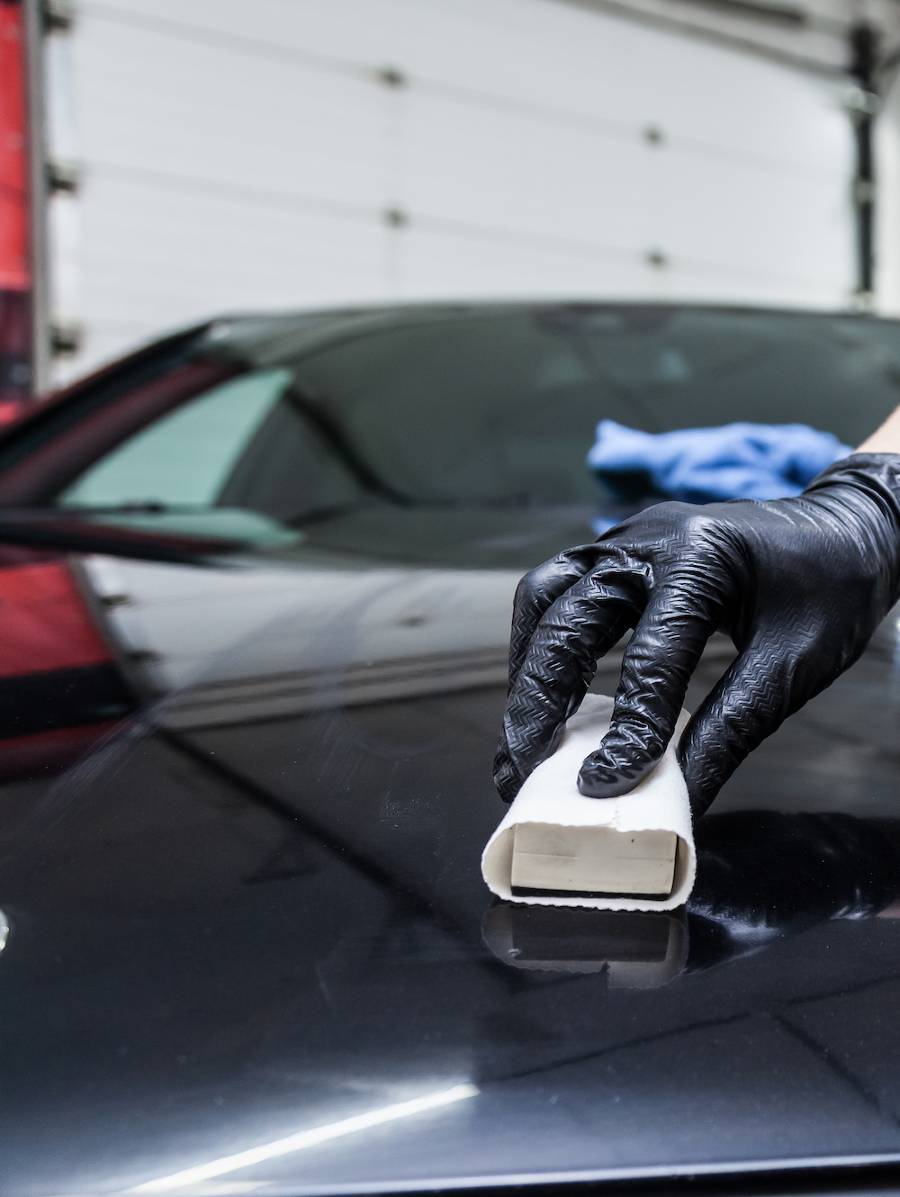Why Drivers Count On Ceramic Coating Philadelphia for Superior Car Care
Why Drivers Count On Ceramic Coating Philadelphia for Superior Car Care
Blog Article
Exactly How Ceramic Finish Gives Long-Lasting Protection Against the Elements
Ceramic layer has arised as a powerful service for safeguarding surface areas versus diverse ecological difficulties. The hydrophobic features of ceramic covering further add to its efficacy by pushing back water and decreasing dust accumulation.
What Is Ceramic Layer?
Ceramic covering is an innovative protective service that enhances the longevity and appearance of surface areas, especially in automobile applications. This ingenious technology contains a fluid polymer that chemically bonds with the factory paint of an automobile, creating a protective layer that is dramatically extra resistant than conventional wax or sealers.
Created to offer long-lasting defense versus environmental impurities, ceramic finishings are immune to UV rays, chemical stains, and minor abrasions. This security aids keep the car's visual allure with time, stopping oxidation and fading that can arise from extended direct exposure to the elements.
Moreover, ceramic finishings are hydrophobic, suggesting they fend off water and various other fluids, which aids in the prevention of dirt and grime build-up. This home not only makes cleaning less complicated but also adds to maintaining the car's shine.
Offered in numerous formulations, ceramic coverings can satisfy various surface products, consisting of glass and steel, broadening their applicability past simply automotive usages. Overall, the adoption of ceramic coating technology represents a considerable development in surface defense, supplying a reliable remedy for those seeking to maintain the honesty and appearance of their financial investments.
Exactly How Ceramic Layer Functions
The performance of ceramic finish depends on its special chemical structure and application process. Composed primarily of silica (SiO2) and various other sophisticated polymers, ceramic finishings create a molecular bond with the surface area of the material they are related to, commonly automobile paint. This bond develops a semi-permanent layer that serves as an obstacle against ecological pollutants.
During application, the surface must be extensively cleaned and prepared to guarantee optimal adhesion. As soon as applied, the layer goes through a curing procedure, which can take several hours to days, depending on ecological conditions. As it treatments, the coating sets and becomes hydrophobic, meaning it drives away water and other substances. This residential property not only assists to prevent dirt build-up but likewise decreases the danger of rust and oxidation, which can deteriorate the surface area over time.

Advantages of Ceramic Layer
Providing a wide range of benefits, ceramic finish functions as an exceptional solution for surface area defense. Among its key advantages is its durability, offering a robust obstacle against environmental contaminants such as dust, UV rays, and chemical direct exposure. This strength substantially extends the lifespan of the surfaces it secures, reducing the demand for constant repair work or substitutes.
Additionally, ceramic finishings boost looks by imparting a glossy surface that preserves its shine over time. The hydrophobic buildings of these finishes fend off water, making it much easier to tidy surface areas and lessening the accumulation of gunk. This self-cleaning particular not only conserves time yet also boosts the surface's overall appearance.
Furthermore, ceramic coverings use resistance to scratches and small abrasions, protecting the stability of the underlying products. This is particularly advantageous for automotive applications, where preserving an immaculate outside is crucial for resale value.

Comparing Ceramic Covering to Conventional Methods
Frequently, individuals seek reliable remedies for surface protection, prompting a comparison in between ceramic finishes and standard techniques such as wax or sealants. Typical choices like wax offer a temporary layer of security, usually lasting a few weeks to a number of months, depending upon environmental conditions and lorry use. While wax can boost sparkle and offer a barrier against impurities, its efficiency diminishes swiftly, requiring constant reapplication.
On the other hand, ceramic finishings offer an even more sturdy solution, creating a strong, chemically bonded layer that can withstand for numerous years. This resilient defense significantly lowers the requirement for regular more information maintenance, enabling vehicle proprietors to enjoy a continually refined look without the inconvenience of frequent applications. Ceramic finishes are also extra resistant to UV rays, chemicals, and physical abrasions, hence providing superior security versus the elements.
While typical techniques may be a lot more obtainable and more economical originally, the longevity and performance of ceramic coatings offer a compelling instance for those looking for detailed surface security. Eventually, the selection in between traditional approaches and ceramic coverings depends upon private priorities, such as time, budget plan, and preferred level of protection.
Maintenance Tips for Longevity
Comprehending the differences between ceramic finishes and standard approaches highlights the value of proper maintenance to make best use of the long life of ceramic finishings. Ceramic Coating Philadelphia. To make sure the effectiveness of ceramic finishings, routine treatment is crucial
First, always clean the coated surface with pH-balanced vehicle hair shampoos. Stay clear of rough chemicals or abrasive products, as they can degrade the finish. A mild hand wash with microfiber towels reduces the threat of scrapes.
Second, consider using an upkeep spray designed especially for ceramic layers. Ceramic Coating Philadelphia. This can boost hydrophobic residential properties and add a layer see here of security, ensuring the coating continues to be reliable over time
Third, prevent automated automobile cleans that use brushes, as they can use down the finish. Rather, select touchless washes or hand cleaning whenever feasible.
Last but not least, regular assessments for any signs of damage or wear are vital. Addressing problems without delay can avoid a lot more comprehensive damages and preserve the layer's integrity.

Conclusion
In recap, ceramic finishing provides an awesome solution for safeguarding surfaces from environmental obstacles. By comparing it to traditional protective methods, the prevalence of ceramic finish comes to be obvious, making it a recommended selection for resilient surface area protection.
Comprehending how ceramic finishes work is essential in appreciating their function in surface defense.
Using a wide range of advantages, ceramic covering serves as an extraordinary remedy for surface security.Often, people look for effective services for surface security, prompting a comparison between typical approaches and ceramic finishings such as wax or sealers.In recap, ceramic finish supplies a formidable option for protecting surfaces from environmental difficulties. By contrasting it to conventional safety approaches, the superiority of ceramic finish becomes noticeable, review making it a recommended choice for resilient surface area security.
Report this page